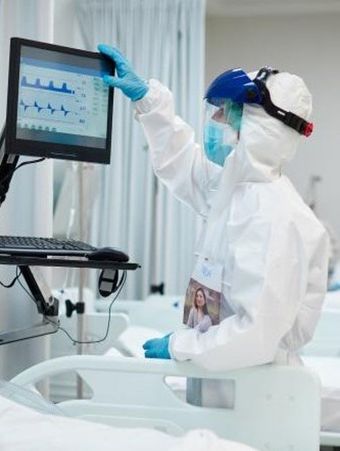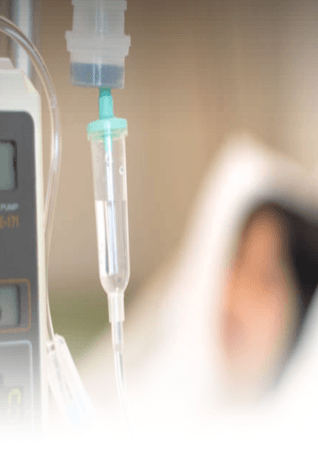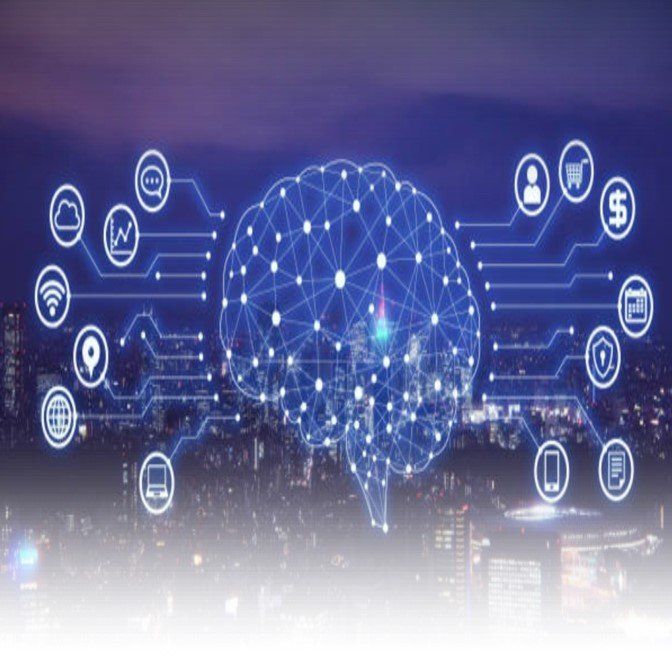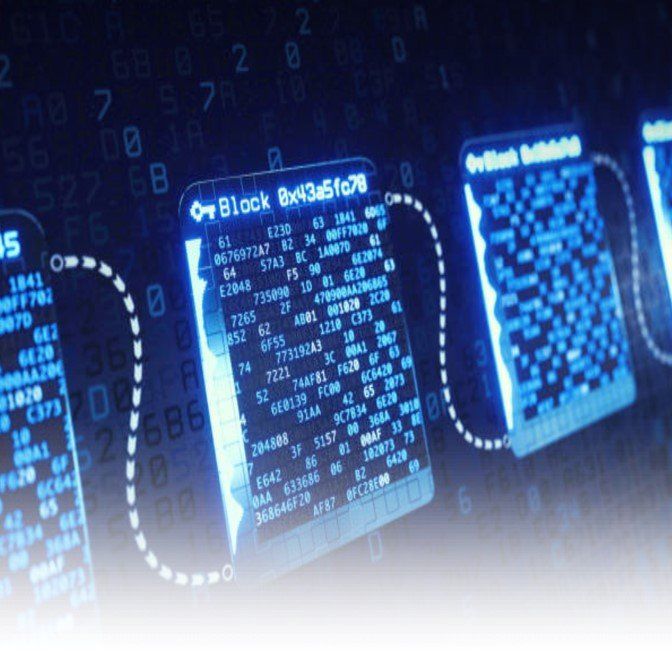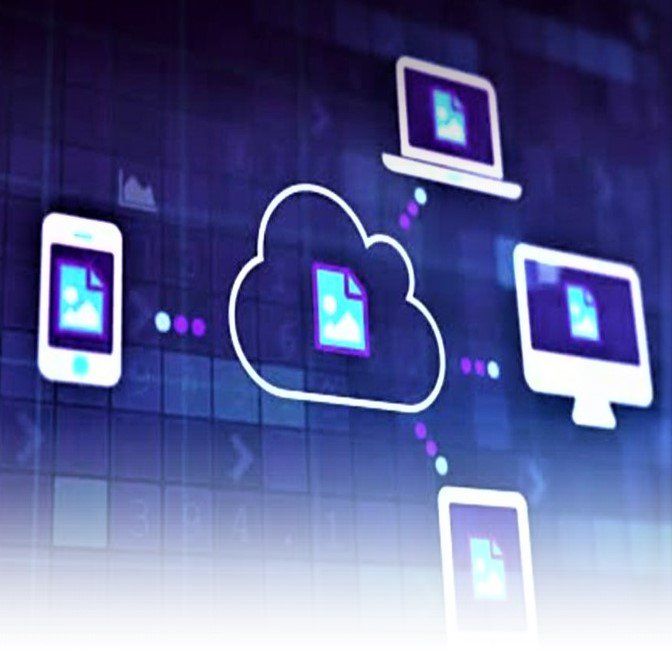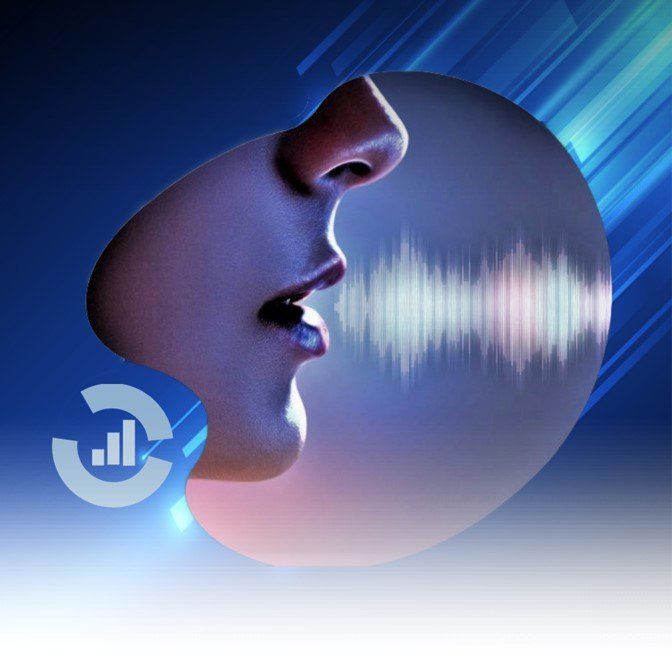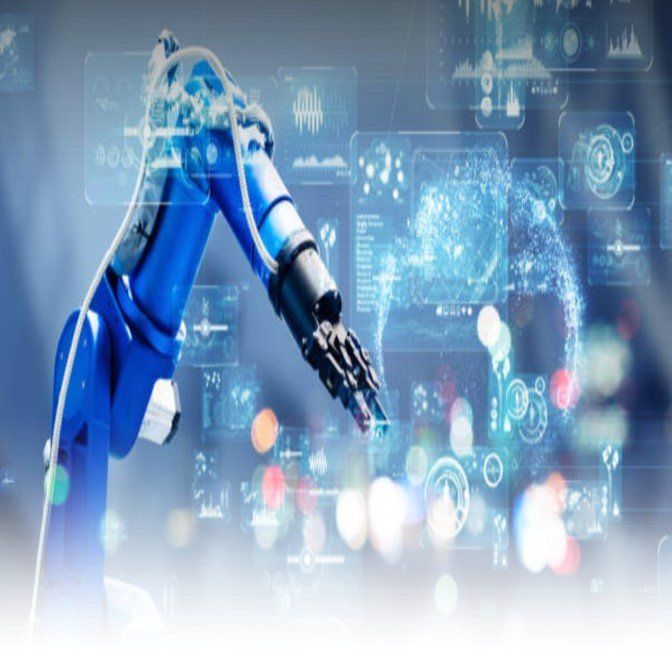Embrace Transformation with Xenolytix
Healthcare feels like it’s been on the verge of transformation for years, if not decades. However, in a matter of months, the pandemic broke down long standing barriers and accelerated digital health at a pace few could have imagined.
Rapid technological progress has created new tools for diagnostics and treatment. Medical professionals use methods that were inconceivable decades ago. From real-time diagnoses aided by machine learning to wearable devices that track and transmit patient data remotely, a host of new and evolving technologies are poised to influence care.
Digital transformation in healthcare is a building block of a patient-focused approach to healthcare. Hospital information systems and data engines allow the quick sharing of information. There is a shift towards using technology to enable prevention and primary care. Wearables can help clinicians collect a wealth of data from a widening and more diverse pool of users. Data Science will have a major play in analyzing the data to improve patient care. Machine Learning can enhance diagnosis and patients take better control of their own care.
COVID-19 has helped accelerate telehealth adoption. In place of in-person visits with their provider, patients are now using telehealth to see their physician or even therapist from the comfort of their own home. Going forward, Telehealth will encompass a wide range of care needs, as people are willing to entrust someone who is far away to make the correct diagnosis.
At Xenolytix, we focus on helping Providers deliver exceptional care and reduce operating expenses by using the latest innovative technologies.
Telemedicine
Improve quality and outcomes. Distance is no obstacle.
Asset Management
Real time monitoring and location of equipment in the facility using IoMT.
Robotic Process Automation
Reduce processing costs. and errors,. Automate revenue cycle functions.
Virtual Reality
Engage Physical Therapy patients in a simulated environment.
Interoperable & Intelligent EHR Systems
Electronic Health Record (EHR) systems are increasingly used as an effective method to share patients' records among different hospitals. However, it is still a challenge to access scattered patient data through multiple EHRs. Blockchain could reinvent the way patient's electronic health records are shared and stored by providing safer mechanisms for health information exchange of medical data in the healthcare industry, by securing it over a decentralized peer-to-peer network. Organizations can submit and share data through one secure system, by storing a specific set of standardized data on the chain, with private encrypted links to separately stored information such as radiographic or other images. Blockchain can even be combined with smart contracts so that based on specific results, appropriate actions are taken without needing a human to get involved.
Patients are the lifeblood of any healthcare facility, but communication needs to be bidirectional. Messages need to flow from doctor to patient and patient to the medical facility in a seamless manner. Internet of Medical Things (IoMT) devices can provide valuable data to EHR systems. IoMT greatly enhances telemedicine, and their use improves patient tracking and diagnosis.
Data Science & Analytics can analyze the copious amounts of EHR data and recognize the patterns and trends within that data and Machine Learning can promptly provide doctors with suggestions for clinical diagnosis.
The transition to Natural Language Processing (NLP) will help improve the way healthcare professionals and patients interact with EHRs. By transitioning to a system that can understand and work with natural language HER systems can better utilize data and improve a clinician’s efficiency.
Future of Virtual Care
IoMT tools enable clinicians to monitor patients while they say at home or do anything else. Modern smart beds, inhalers, ECG, and EKG monitors can exchange information with telemedicine apps. IoMT telemedicine and wearables can also remind patients to take medications, measure vitals, set alerts, and complete a range of other actions. IoMT helps increase patient mobility, reduces load on healthcare facilities, and allows clinicians to monitor patients, no matter where they are.
Machine Learning also enhance telemedicine through chatbots, diagnostics, and treatment recommendations. For example, machine learning algorithms can help scheduling of virtual appointments, and even to match patients with doctors who have had the best outcomes for other patients with similar symptoms. Providers could also use Machine Learning to help analyze clinical data.
Chatbots are well-suited to replace or augment humans to collect information, provide reminders and motivational messages, and provide a sense of security when a doctor cannot immediately be reached. These chatbots use NLP (Natural Language Processing) both interpret input and produce responses. Combined with Machine Learning, chatbots could serve as virtual consultants.
EXPERTISE IN PROVIDER SECTOR
-
MACHINE LEARNING
LEARN MOREAccelerate Your Business
-
BLOCKCHAIN
LEARN MOREGet Greater Transparency
-
DATA SCIENCE
LEARN MORETransform Data Into Value
-
CLOUD APPS
LEARN MORESpeed. Reusability. On-Demand Infrastructure.
-
NLP
LEARN MOREImprove Customer Experience.
-
IoT
LEARN MOREAccess Information in Real-Time
Let's Connect
Take the first step by speaking with one of our experts today.
Contact Us
We will get back to you as soon as possible.
Please try again later.


